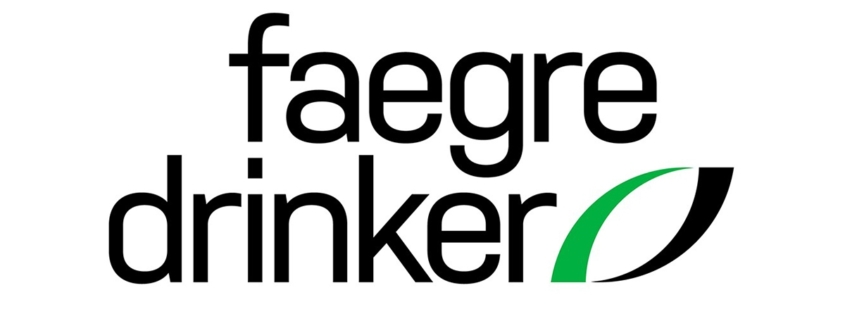NIST Releases New “Cybersecurity Framework Profile for Ransomware Risk Management” to Battle Growing Threat of Ransomware Attacks | Faegre Drinker Biddle & Reath LLP
Ransomware incidents continue to be on the rise, wreaking havoc for organizations globally. Ransomware attacks target an organization’s data or infrastructure, and, in exchange for releasing the captured data or infrastructure, the attacker demands a ransom. This creates a dilemma for organizations — the decision to pay the ransom, relying on the attacker to release the data as they say, or to reject the ransom demand and try to restore the data or operations on their own.
On the heels of new federal actions related to cyber security, the National Institute of Standards and Technology (NIST) recently issued a Cybersecurity Framework Profile for Ransomware Risk Management (Ransomware Profile), currently designated as “NISTIR 8374.” This new Ransomware Profile “maps security objectives” from the Framework for Improving Critical Infrastructure Cybersecurity, Version 1.1 (Cybersecurity Framework). The Ransomware Profile “can be used as a guide to managing the risk of ransomware events” and can help “gauge an organization’s level of readiness to mitigate ransomware threats and to react to the potential impact of events.”
This is the second cybersecurity framework profile recently released by NIST to help reverse ransomware attacks. In late 2020, NIST released its “Zero Trust Architecture” framework as an additional alternative to ransomware defense. To learn more about NIST’s Zero Trust Architecture model, read here.
This new NIST Ransomware Cybersecurity Framework Profile is composed of three unique parts:
- The Framework Core
- The Framework Implementation Tiers
- The Framework Profile
Additionally, the Framework Core includes five parts, intended to be concurrent and continuous functions that adopting entities should employ:
- Identify
- Protect
- Detect
- Respond
- Recover
These functions “provide a high-level, strategic view of the lifecycle of an organization’s management of cybersecurity risk” and, to simplify what NIST is propounding, the Ransomware Profile expands on the Cybersecurity Framework by using the five parts of the Framework Core to offer practical steps that organizations can take to safeguard their networks from potential…






